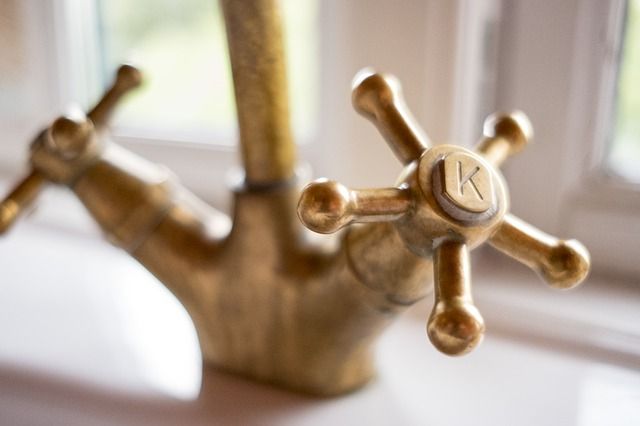Brass tubing is becoming a popular choice of fixture material for homes and hotels these days, and for many good reasons. Besides being versatile, it’s also quite striking, well-matched with any type of interior design. Before you decide to start decorating your home with fixtures made of square brass tubing or tubes of other shapes, it helps to know more about the alloy first. There are some facts about this brass item that you might find interesting.
Fact 1: Brass Tubes Are Not the Same as Brass Pipes
If you’re the type that easily mistakes pipes for tubes, it’s time you learn about their differences. While they have a lot of things in common, they are actually not the same. And it’s crucial that you know their differences because you may need either of them in your future projects.
Size Designation: Pipes are designated by a “Nominal Pipe Size” based upon the inside diameter (ID) of the most common wall thickness, while tubes are designated by the measured outside diameter (OD).
Purpose. Pipes are used for transporting gases and fluids, such as propane gas and water. Tubes, on the other hand, are utilized for applications entailing a need for precise outside diameter, including machine and weapon parts, medical devices, and boilers.
Cost. Because tubes have more specific uses, each of which comes with certain requirements, they are most costly to manufacture than pipes.
Availability of Shapes. Since pipes only convey fluids and gases, which is most efficiently done with round cross-sections, they usually come in circular shapes. Tubes, however, may come in square, round, or other cross-sectional shapes.
Fact 2: Brass Tubing Is Extremely Versatile
Due to the variety of shapes available, brass tubing has more uses than pipes. It also helps that brass has a beautiful, gold-like color that doesn’t affect its price tag. The alloy is also known for its durability and longevity. With all those excellent qualities builders and designers have become more creative with their use for brass tubing. These are just some of the common uses for the material:
- Handrails
- Shower and curtain rods
- Foot rails in bars
- Crowd barriers
- Bathroom fixtures (sinks, faucets, towel racks, etc.)
- Musical instruments (tuba, trumpet, etc.)
The list goes on for the useful supplies and items that brass can be made into, primarily because it is so easy to work with. It is no wonder brass tubing can be found used as interior décor elements even in high-end facilities. If you’re planning on using brass tubes in your project, you have to know the different shapes of brass tubing and where each of them is intended for so that you can make the right choice.
Fact 3: Brass Has Antimicrobial Properties
Copper is an oligodynamic metal. This means it is capable of producing the oligodynamic effect, which kills bacterial. In a nutshell, it has antimicrobial properties. Therefore, it is safe to say that all copper-based alloys have antimicrobial properties, too. Brass, being one of them, has just as much effect on bacteria as pure copper, which is why it is perfect for use in commonly touched areas, including handrails.
Conclusion
Brass tubing is an excellent choice of material for certain structural and decorative elements. Being flexible and resistant to corrosion, it can outperform other metals. Whether you are looking to remodel a bathroom or to give your staircase a nice finish, brass tubing is an option worth looking into. Get the highest quality pieces from trusted suppliers like Rotax Metals.
Sources:
Difference Between Pipe and Tube, linkedin.com
The Oligodynamic Effect: How Some Metals Kill Off Bacteria, tested.com


